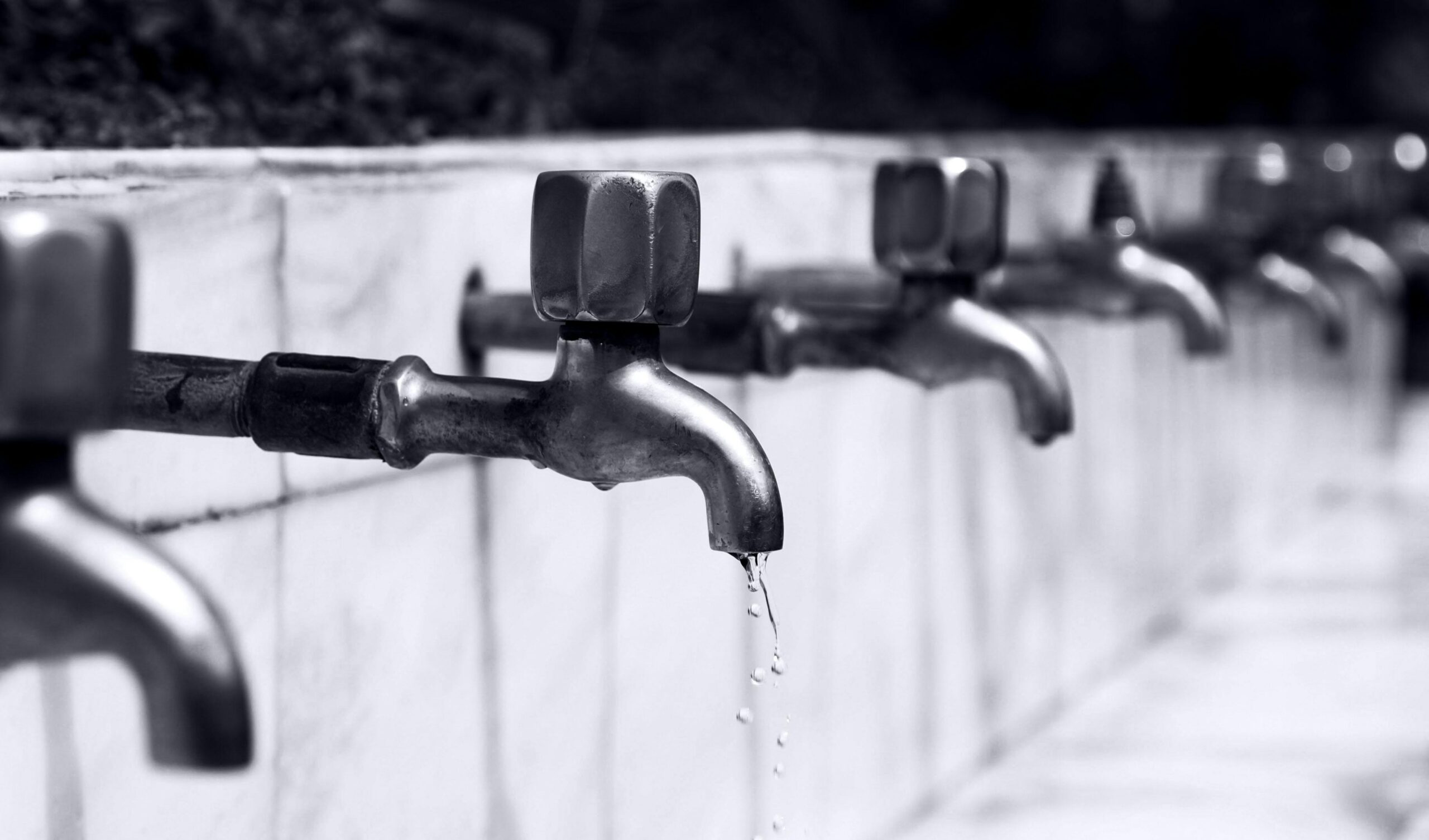Living in the tranquil beauty of the mountains provides an entirely different dimension to life. The landscape is filled with natural resources that tend to supplement the needs of life. However, establishing a seamless water distribution system can be a challenge due to the unique geographical characteristics of mountainous regions. Let us explore how water distribution goes far beyond mere plumbing in accommodating such terrains to ensure a sustainable livelihood.
The Challenge Of Terrain
Mountain living means dealing with rugged terrain. The steep slopes and rocky surfaces make traditional plumbing systems ineffective. For being inspired by innovative solutions in plumbing, you could Follow FergusonsPlumbing on Instagram. In these areas, it is important to design a system that follows gravity flow to minimize pumps, thus reducing energy consumption and costs.
Weather Considerations
In high altitude areas, freezing temperatures can impede the normally functioning of pipes and valves. Hence, special attention must be given to designing and installing frost-free systems which would include factors such as insulating pipes and burying them deeper into the ground.
Water Sourcing
Mountains usually have complex hydrological systems with streams, rivers, springs and groundwater. The best option for water sourcing depends not just on their availability but also the quality of water and ease of extraction.
Rainwater Harvesting
In mountainous regions where annual rainfall is sufficiently high, setting up rainwater harvesting structures can be a viable alternative for water sourcing. Implementing this method decreases dependency on other sources and helps in replenishing the groundwater.
Aqueducts And Gravity Systems
Traditional aqueducts can be created to harness spring water through gravity-fed systems. Though these require significant manual work for initial construction, they are economical in the long-run with negligible maintenance costs.
Pumping Systems
When gravity-fed systems are not feasible, pumping presents a solution. It involves taking water from low lying sources to the higher areas of residence, however, it requires continuous energy input, increasing operational costs.
Water Treatment
Not all water sources are safe for drinking and other household needs. Various treatment options are available ranging from conventional filtration and disinfection methods to modern UV purification technologies to ensure the quality of water.
Ponds And Reservoirs
Creating ponds or reservoirs is another way to secure water availability. These can serve as centralized storage facilities supplying the surrounding population though it would require a network of supply pipelines.
River Dams And Weirs
Dams or weirs are large-scale solutions that can be used to harness river water on a substantial scale. These not just cater to the needs of mountain living but can also provide for irrigation, hydroelectric power generation, etcetera for distant regions as well.
Efficient Water Use
In addition to all these systems and techniques, promoting efficient water use habits among the residents is fundamental in ensuring sustainable water management in such regions. From reducing wastage in everyday activities to recycling greywater, there is plenty one can do at an individual level.
Maintenance And Sustainability
Every system needs to be effectively maintained for prolonged efficiency. Regular cleaning of reservoirs, checking pipe leakages, and maintaining cleanliness around water sources must be done periodically.
Socio-Economic Factors
The socio-economic conditions of people living in mountains play a significant role in designing the water distribution system. It is always beneficial to involve local communities and encourage their participation in planning, construction, and maintenance of these systems. This not only makes implementation smoother but also facilitates sustainability by instilling a sense of ownership among the users.
Regulatory Frameworks
An effective regulatory framework is crucial to ensure that water distribution functions smoothly. It should take into account the overlapping responsibilities of various stakeholders for resource management, setting standards for water quality and enforcing penalties for non-compliance.
Final Thoughts
This insight into water distribution in mountain living resonates with the saying that every challenge comes with an opportunity to learn and grow. Integrating nature’s resources and modern science’s knowledge can curb the intricacies posed by this task, ensuring a wholesome mountain living experience. One thing you do need to remember is that sustainable development is beneficial separately from mountainous regions alone; it contributes to overall environmental health. So when you consider planning your water system keep these factors in mind as fundamentals.

